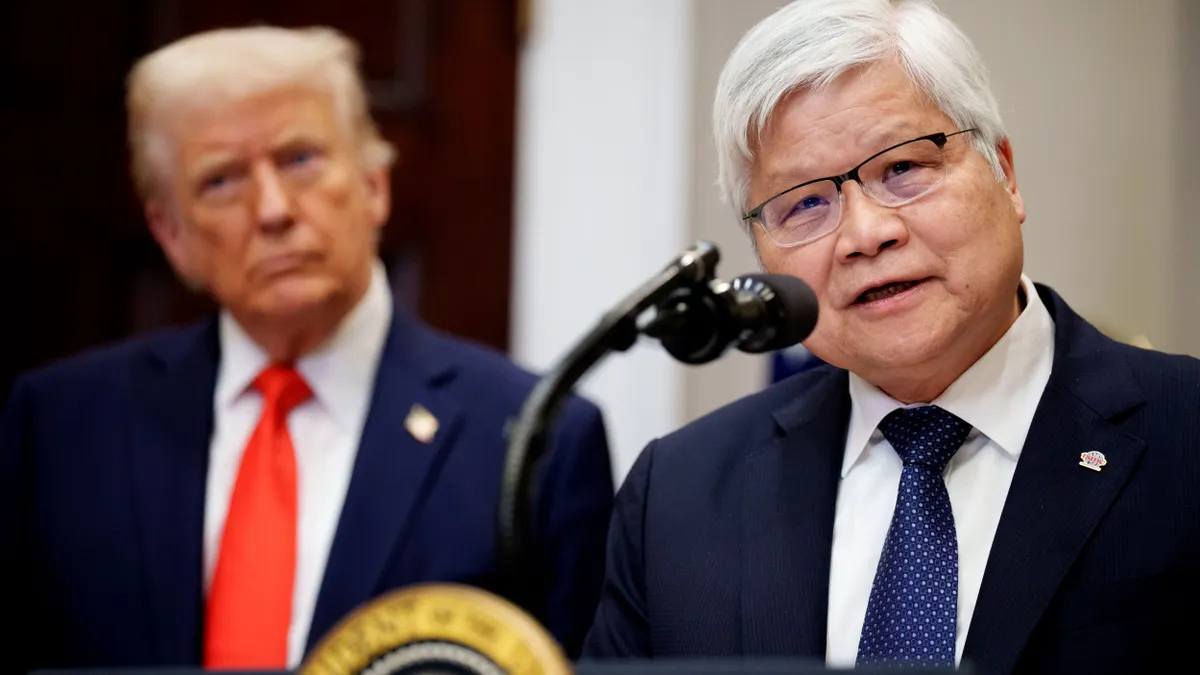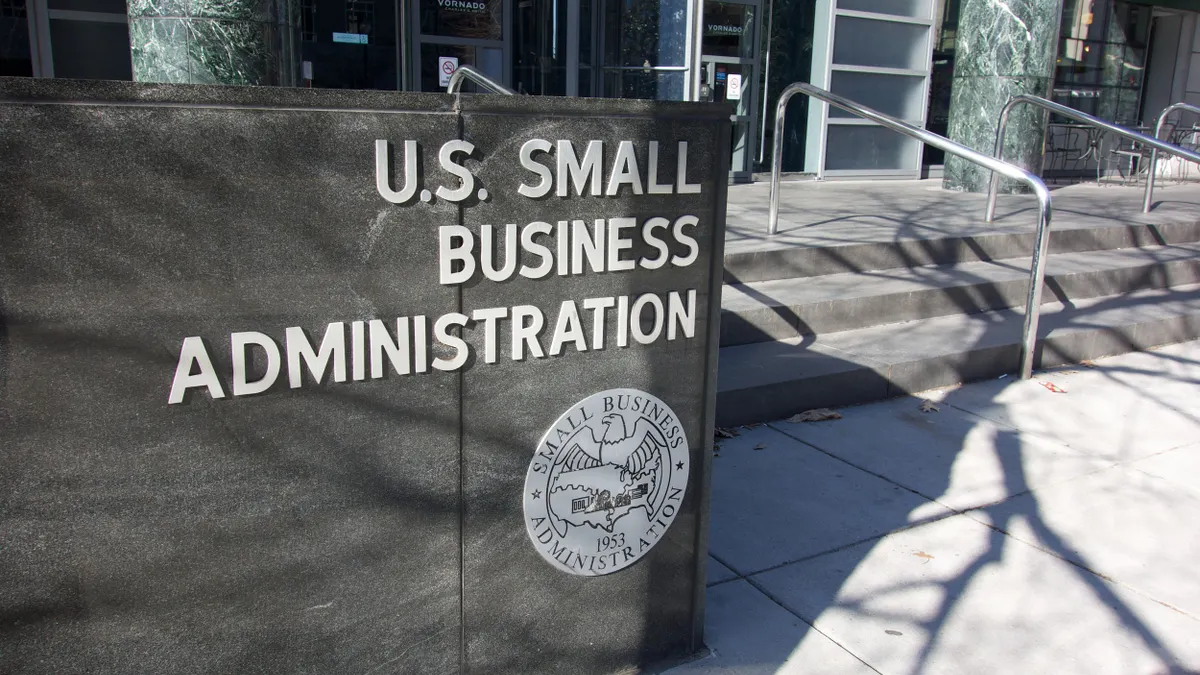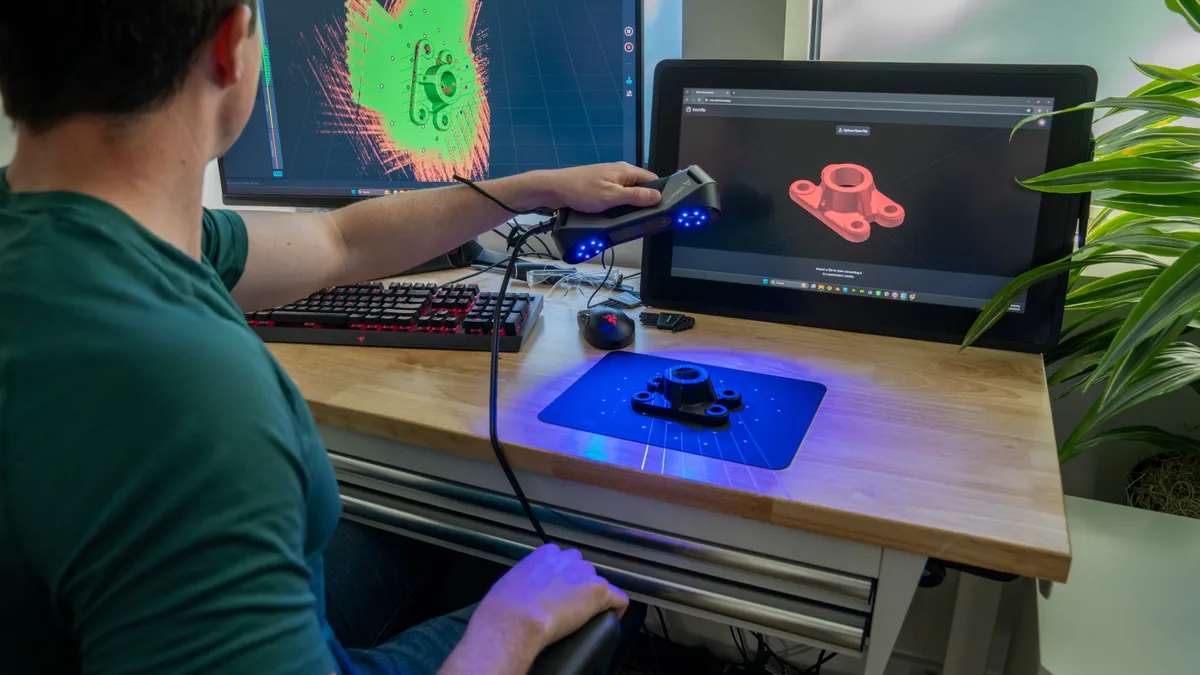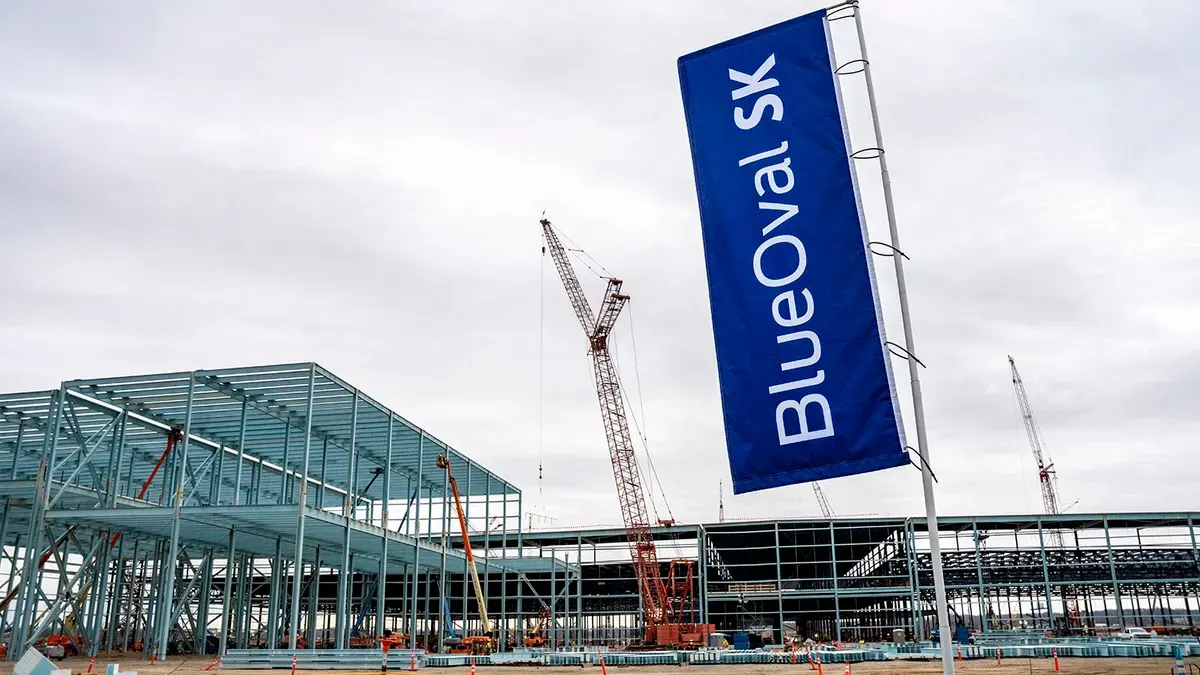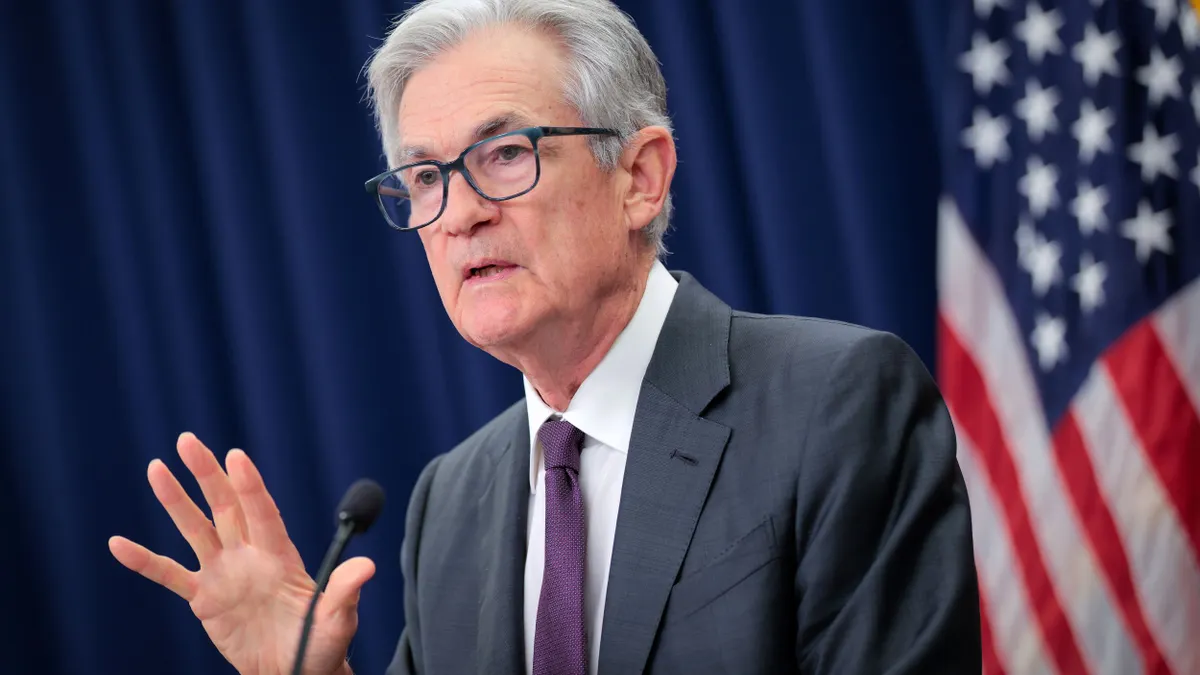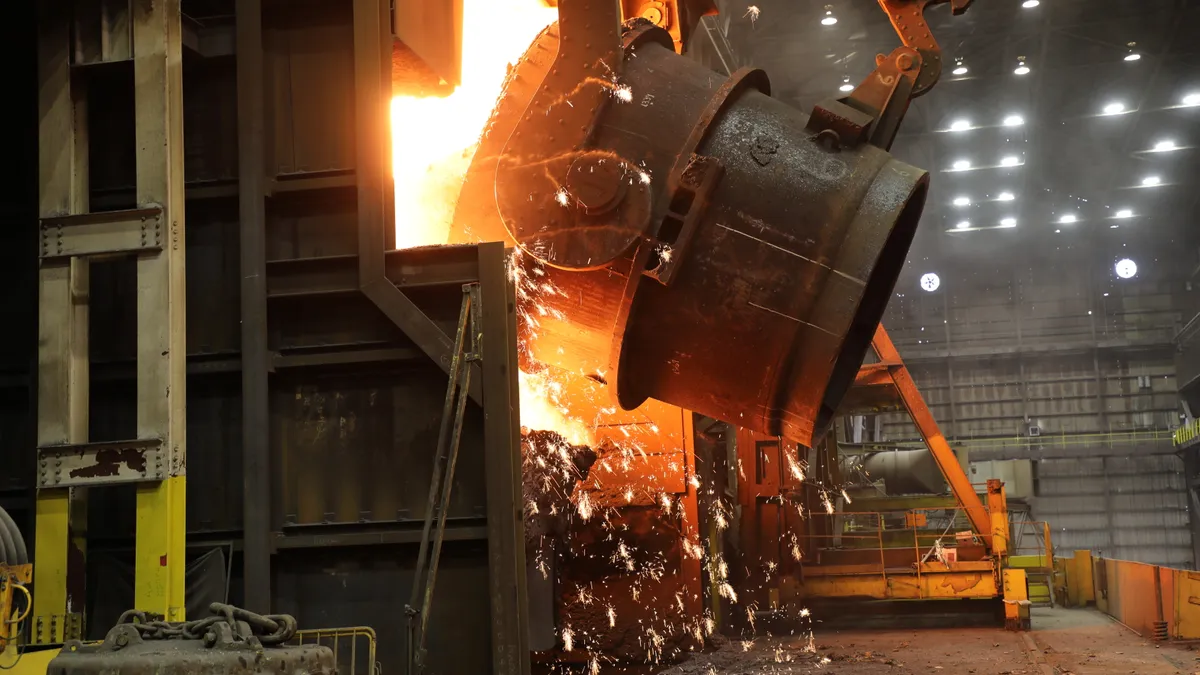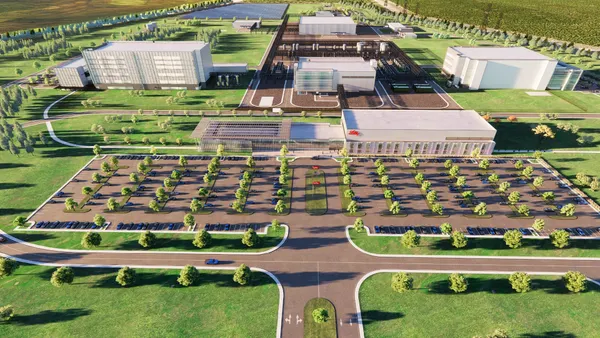Many Fortune 500 companies have announced multibillion-dollar investments since Trump took office in January, but time will tell whether the administration’s policies are truly supporting domestic manufacturing.
Some of these multibillion-dollar pledges come from prominent manufacturing companies such as Taiwan Semiconductor Manufacturing Co., Apple and AstraZeneca, promising to establish or expand operations in the United States.
The White House has taken credit for these announced commitments, calling it the “Trump Effect.” The Trump administration claims that its tariff policies “have generated significant investment,” leading to “incentivizing manufacturing,” according to a Sept. 5 White House fact sheet.
However, some of these investments have either already been announced or have been in the works since the Biden administration, The Wall Street Journal reported in July. For example, defense startup Anduril Industries raised $1.5 billion in a series F funding round in August 2024 to scale autonomous weapon system manufacturing. Fast forward to Jan. 16, four days before Trump’s inauguration, and Anduril announced it chose Ohio to build its $1 billion manufacturing facility.
Another company on Trump’s credit list, recycled paper and packaging company Pratt Industries, pledged a $5 billion commitment to “reindustrialize America.” However, the company committed to the multibillion-dollar investment in November 2022.
While these investments — new or old — aim to bring manufacturing back to the U.S. and create thousands of jobs, it remains to be seen how long it will take for these commitments to come to fruition. Many of Trump’s tariffs have gone into effect, with more to be negotiated.
Additionally, Trump signed the “One Big Beautiful Bill” into law, which allows bonus depreciation for qualifying equipment and offers research and development deductions.
Different sectors, big gambles
Whether the most recent investments and high-fee tariffs are bringing back manufacturing depends on the industry, experts said.
“From the time a company decides to build a new factory, and the time it’s open, it could be three to five years, and the policies could be completely changed,” said Susan Spence, chair of the Institute for Supply Management’s Manufacturing Business Survey Committee.
Changes may come to the tariffs already in place. Last month, a federal appeals court ruled that Trump’s use of emergency powers to impose broad tariffs was illegal, but delayed any action until mid-October in anticipation of a Supreme Court review. The Supreme Court agreed on Tuesday to an expedited hearing on the legality of Trump’s sweeping tariffs on U.S. trading partners.
On a micro-industry level, it also depends on factors such as competition within sectors like semiconductors, said Brian Albrecht, chief economist at the International Center for Law and Economics.
“There's even a difference between what Texas Instruments is doing and what TSMC is doing,” Albrecht said. While large investments such as Texas Instruments’ $60 billion investment are always a big gamble, it’s too early to tell how successful it will be. In Texas Instruments’ case, it holds 15% of the global analog chips market share, according to AInvest.
A company like TSMC, for example, has mastered what it’s doing in Taiwan, Albrecht added. In March, TSMC announced it was adding $100 billion to the previously pledged $65 billion investment to expand its manufacturing footprint in Arizona.
TSMC dominates the semiconductor sector, holding 70.2% of the world’s market share per a Sept. 1 report from market research firm Trend Force. However, it’s still a gamble for TSMC to go outside of Taiwan and replicate that success in the U.S. as it could encounter supply chain risks such as natural disasters and a volatile geopolitical climate.
“That’s one of the reasons that you have things like the CHIPS [and Science] Act and other investment incentives to try to encourage this, especially domestically,” Albrecht said.
TSMC finalized $6.6 billion in CHIPS Act funding in November 2024 and Texas Instruments finalized $1.6 billion the following month.
Still, if it were a completely bad idea, even with or without incentives like the CHIPS Act, TSMC would have never taken the chance.
“But it's obviously not a guarantee. Otherwise, everyone would be trying to do it,” Albrecht said.
‘People stay still’
Since March, Trump has announced and implemented tariffs on several global trade partners and various sectors.
Duties on imports from Mexico and Canada have been delayed for the second time. While semiconductors and related products are exempt from reciprocal tariffs, the Trump administration in April initiated a Section 232 investigation into semiconductor imports. Trump said last month he would be imposing 100% tariffs on semiconductors but has not yet set a date on when the levies will be put into action.
The word “whiplash” is often used in ISM surveys, Spence said.
“There’s uncertainty. People stay still. They don't invest,” Spence said. “They don't hire if they can possibly get away with holding on, because if they're gonna have to take a [loss], then they want to look at their other controllable costs, and labor is a big one, right? So I don't see that going away until the certainty happens.”
Spence said she doesn’t think things will pay off if manufacturers are not confident in what the economic policies are going to be, if they’re going to stick.
“The other question is, when tariffs finally do get settled and get into play, is it a one-time hit or not? There are more questions than answers,” she said.
Colin Grabow, associate director at the Cato Institute’s Herbert A. Stiefel Center for Trade Policy Studies, said at a Brookings Institution panel in July that the current tariff “is entirely antithetical to a vibrant manufacturing sector,” as it’s far removed from “manufacturing in the 21st century.”
“I suppose that some of the logic that animates the Trump administration’s approach is that it's pretty straightforward,” Grabow said. “You put tariffs on foreign goods, put them at a competitive disadvantage, that creates space for American manufacturers to fill that void.”
Adam Hersh, senior economist at the Economic Policy Institute, said at the same Brookings Institution panel that Trump’s tariff actions and his “One Big Beautiful Bill” will not fix any of manufacturing’s problems, such as regulation costs and investing in human capital.
He added that businesses do not invest because capital costs are low, but rather, they invest where there’s a demand for the product.
“Just lowering the cost of capital is not going to do anything to stimulate investment in manufacturing, particularly when the policies of this administration have created so much economic uncertainty, as well as undermining the consumptive power,” Hersh said.
Moreover, Hersh said tariffs can be and have been used as an important tool to support manufacturing and industrial development, but that the levies “have to be done right” in a way that supports key industries and not impact “downstream industries.”
The ongoing need for raw materials and components imports
Although companies — foreign and domestic — are establishing and expanding operations and pivoting their supply chain to the U.S., manufacturers still rely on access to global markets for raw materials, components and parts to sustain their operations.
Companies that have operations scattered across the world benefit from each location’s “comparative advantage to efficiently produce and manufacture,” Grabow said.
“So when you increase tariffs, you are raising the cost of these vital inputs for American manufacturers and putting them on the back foot,” Grabow added.
A 2022 Commerce Department report found that U.S. manufacturers sourced 69% of their intermediate inputs from domestic suppliers, while nearly one-third of intermediate inputs were imported. The Office of the U.S. Trade Representative reported that approximately 94% of U.S. merchandise imports by value are industrial goods.
For example, Apple announced a commitment to invest an additional $100 billion to the previously announced $500 billion, which will fund expansions across 10 states.
While a lot of the components for Apple’s products will be made in the U.S., final assembly will still be completed “elsewhere for a while,” Apple CEO Tim Cook said at a White House event.
Cook has explained in the past why much of Apple’s production is done overseas, particularly in China, stating that the quantity and certain skills are necessary to manufacture its products.
“Much was made and discussed about [how] the tariffs will drive up the cost of importing the raw materials from abroad, and it is starting to show,” Spence said. “Therefore, the theory was, these foreign companies are just going to build factories here, or the U.S. will start sourcing this domestically.”
Apple is expected to pay heavily for tariffs this year. It has already incurred $800 million in tariff-related costs for the June quarter. The iPhone maker anticipates incurring an additional $1.1 billion in the September quarter if global trade rates and policies remain unchanged, Cook said on a July 31 earnings call.
Spence has wondered how much of a profit margin hit companies can take. Unless companies have a board of directors that allows them not to make a plan, they’re not going to profit as businesses have a responsibility to make money, she said.
“Labor is one thing, but raw materials are raw materials,” Spence said. “So, will the investments pay off? I guess it depends on what people believe will happen in the long term.”



